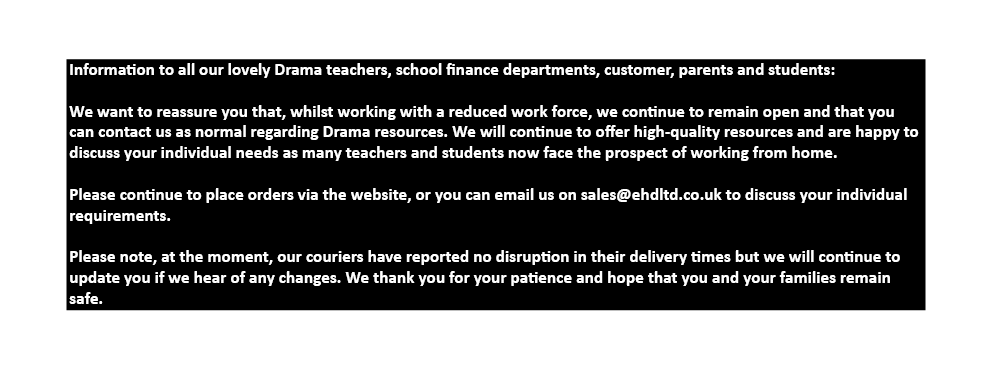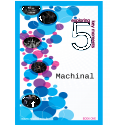Our writers have taken five key moments/extracts from the play and have created a series of revision essays, notes and student handouts that will allow your students to revise each key moment in terms of the following aspects:
•revising the social, historical and cultural context and how this relates to the key moment.
This booklet explores the original staging of the play in 2012 and considers how the cultural climate at that time influenced the staging decisions. Exploring social and cultural aspects such as the rise of Facebook, government collation of information and violation of privacy laws, this section will encourage students to consider how they, as a director, might take influence from society and culture when staging the play.
.•revising the influence of contemporary theatre practice, the play’s original staging, critical audience reaction to the play and practical ideas for contemporary staging of the key moment.
Students are encouraged to analyse Miriam Buether's original set design as well as ways in which Churchill was influenced by Strindberg's work. The booklet also encourages students to explore how contemporary theatre can be used to comment and educate and ways in which all aspects of staging (setting, costume, sound effects etc.) can be used to present messages to the audience.
•revising the structure, language and style.
The booklet focuses upon key moments from the play, exploring the different styles evident. Including postmodernism, didactic theatre, psychological realism and structuralism, students are encouraged to analyse the key moments in light of these different styles and consider whether they may take inspiration from such approaches in their own staging of the play.
Students are guided through key structural and linguistic components used within the five key moments, including pastiche, fragmented narrative, use of elliptical dialogue and the structure of argumentative speech. The booklet outlines the main aspects and uses of each device, guiding students through analysis of these devices within key moments from the play as well as encouraging them to consider how such aspects might be used in their own production.
•staging the themes within the key moment.
Various themes from the five key moments are explored in detail, including the desire for knowledge, truth, revelations, blind faith and relationships. Students are presented with critical analysis of these themes as well as suggestions and planning opportunities for presenting these themes within their own production of the play.
Each section encourages students to answer questions, make revision notes and consider how they would stage the key moments for a performance in theatre today. The booklet is perfect to use once you have completed the initial reading of the play with your students and want to start more indepth analysis of key moments.
•revising the social, historical and cultural context and how this relates to the key moment.
This booklet explores the original staging of the play in 2012 and considers how the cultural climate at that time influenced the staging decisions. Exploring social and cultural aspects such as the rise of Facebook, government collation of information and violation of privacy laws, this section will encourage students to consider how they, as a director, might take influence from society and culture when staging the play.
.•revising the influence of contemporary theatre practice, the play’s original staging, critical audience reaction to the play and practical ideas for contemporary staging of the key moment.
Students are encouraged to analyse Miriam Buether's original set design as well as ways in which Churchill was influenced by Strindberg's work. The booklet also encourages students to explore how contemporary theatre can be used to comment and educate and ways in which all aspects of staging (setting, costume, sound effects etc.) can be used to present messages to the audience.
•revising the structure, language and style.
The booklet focuses upon key moments from the play, exploring the different styles evident. Including postmodernism, didactic theatre, psychological realism and structuralism, students are encouraged to analyse the key moments in light of these different styles and consider whether they may take inspiration from such approaches in their own staging of the play.
Students are guided through key structural and linguistic components used within the five key moments, including pastiche, fragmented narrative, use of elliptical dialogue and the structure of argumentative speech. The booklet outlines the main aspects and uses of each device, guiding students through analysis of these devices within key moments from the play as well as encouraging them to consider how such aspects might be used in their own production.
•staging the themes within the key moment.
Various themes from the five key moments are explored in detail, including the desire for knowledge, truth, revelations, blind faith and relationships. Students are presented with critical analysis of these themes as well as suggestions and planning opportunities for presenting these themes within their own production of the play.
Each section encourages students to answer questions, make revision notes and consider how they would stage the key moments for a performance in theatre today. The booklet is perfect to use once you have completed the initial reading of the play with your students and want to start more indepth analysis of key moments.







